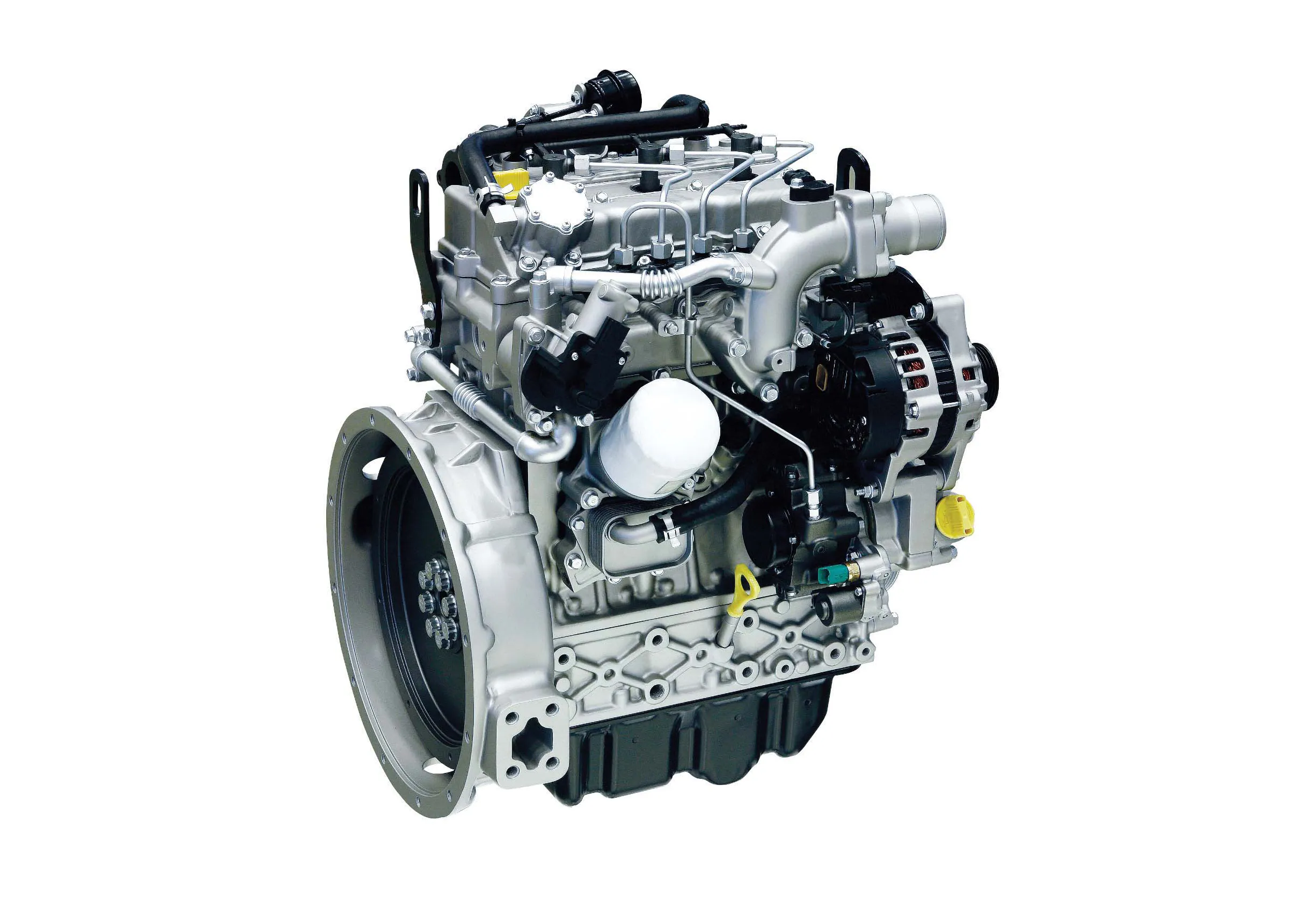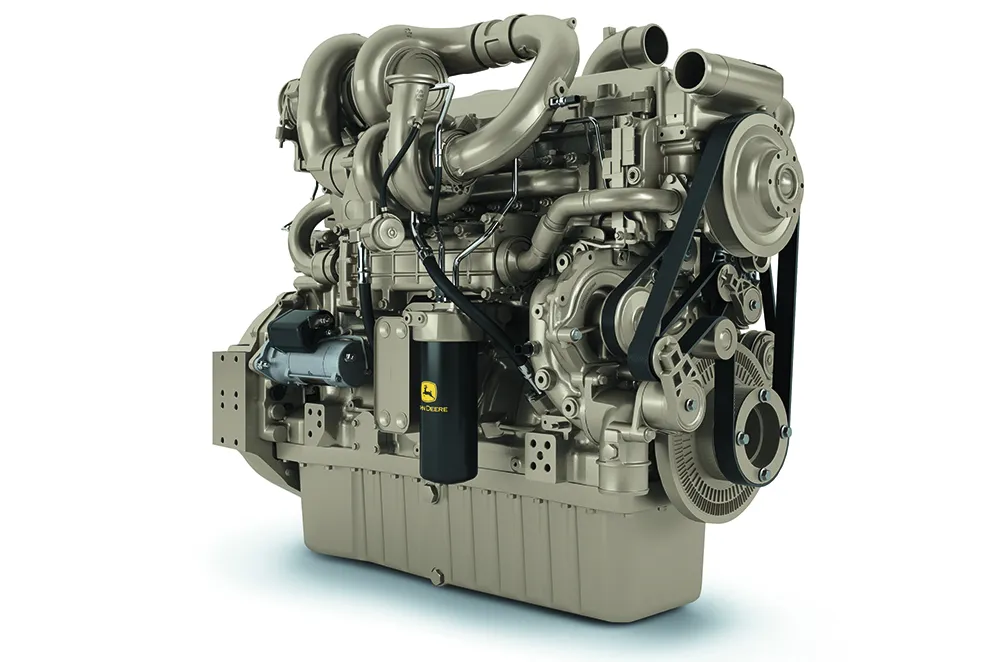Kohler is now extending its diesel range with the addition of the KDI 3404. This diesel is designed for outputs from 56-100kW and is a compact engine with a high power density and low fuel consumption. Produced in Reggio Emilia, the new KDI 3404 is available in two basic variants with four power configurations. The engine is available in a Tier 4 Final/Stage IV emissions compliant variant for sale in North America and Europe and benefits from advanced technologies such as a high pressure, common rail high f
January 9, 2015
Read time: 2 mins

RSS2278 Kohler engines is now extending its diesel range with the addition of the KDI 3404. This diesel is designed for outputs from 56-100kW and is a compact engine with a high power density and low fuel consumption. Produced in Reggio Emilia, the new KDI 3404 is available in two basic variants with four power configurations. The engine is available in a Tier 4 Final/Stage IV emissions compliant variant for sale in North America and Europe and benefits from advanced technologies such as a high pressure, common rail high fuel system operating at 2000bar. It also has an EGR valve controlled electronically for recycling exhaust gas as well as four valves/cylinder for more efficient combustion with lower consumption. Said to offer a power delivery equivalent to that of higher displacement engines, the new 3404 KDI operates without the use of a diesel particulate filter (DPF).
The four cylinder, 3.4litre engine is available as the KDI 3404TCR (turbo common rail) model producing 56.4kW, to comply with Tier 4 Final/Stage IIIB emissions requirements. It is also offered as the KDI 3404TCR-SCR (turbo common rail SCR delivering 75, 90 and 100kW, to comply with Tier 4 Final/Stage IV requirements.
Other advantages include low levels of noise and vibration, low power consumption, low operating costs, long maintenance intervals, compactness and ease of application. High power density is claimed at 30kW/litre, while the engine has a sophisticated electronic management system that ensures smooth and immediate response.
The four cylinder, 3.4litre engine is available as the KDI 3404TCR (turbo common rail) model producing 56.4kW, to comply with Tier 4 Final/Stage IIIB emissions requirements. It is also offered as the KDI 3404TCR-SCR (turbo common rail SCR delivering 75, 90 and 100kW, to comply with Tier 4 Final/Stage IV requirements.
Other advantages include low levels of noise and vibration, low power consumption, low operating costs, long maintenance intervals, compactness and ease of application. High power density is claimed at 30kW/litre, while the engine has a sophisticated electronic management system that ensures smooth and immediate response.









